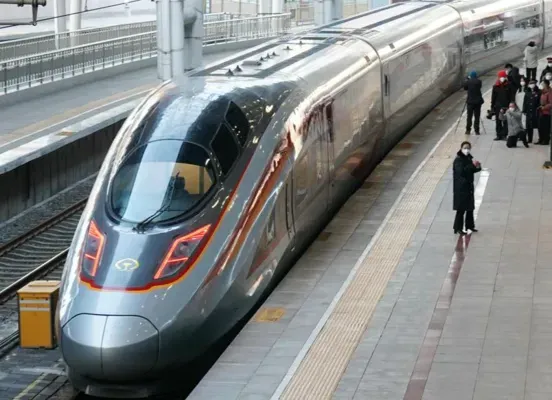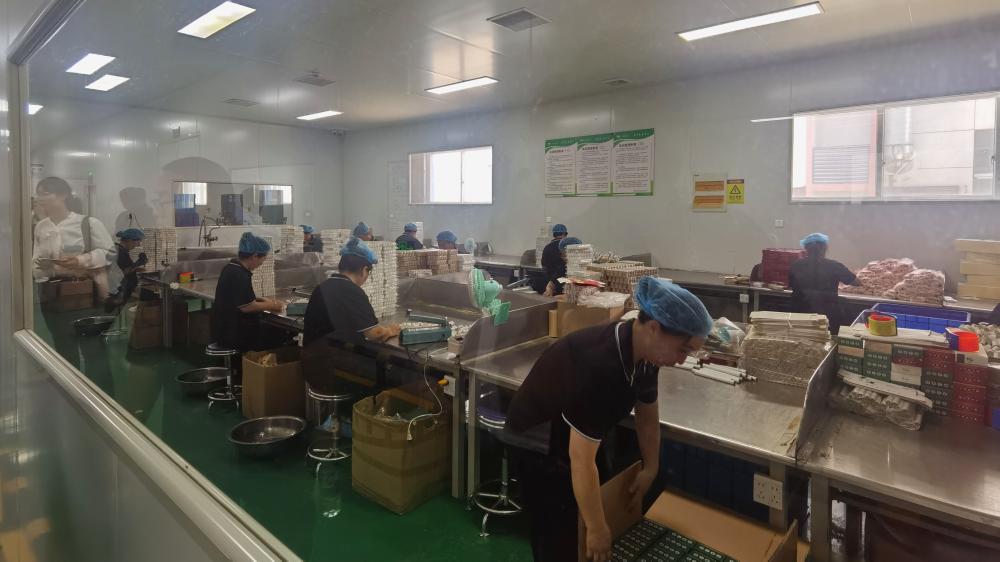How much lunar soil did Chang'e 6 bring back? Here's what the mission chief designer said
On the afternoon of June 26, the return capsule of the Chang'e-6 probe was opened in Beijing. As we all know, Chang'e-5 brought back a total of 1,731 grams of lunar soil, so how much lunar soil did Chang'e-6 bring back this time?
"The Chang'e-6 mission is the same as the Chang'e-5 mission. Our goal is to get two kilograms of lunar soil. Our container is designed to be this large. We can't put in more," said Hu Hao, chief designer of the Chang'e-6 mission, at a press conference held by the State Council Information Office today. "Please wait patiently for the specific number of grams. It will be announced on June 28 and there will be many surprises."
Chang'e-6, as a backup for Chang'e-5, encountered many challenges when performing the "digging" mission on the far side of the moon. Hu Hao introduced that in order to land and collect samples on the far side of the moon, many changes must be made to adapt to the conditions on the far side of the moon. "For example, the far side of the moon cannot communicate directly, and a relay satellite must be added. The probe must adapt to the requirements of the relay satellite. We attach great importance to the challenges brought by changes in technical status in our work, so we have fully verified and prepared to ensure that Chang'e-6 can adapt to the requirements of the lunar environment and system."
Chang'e-6 can "dig soil" on the far side of the moon, which is inseparable from the communication guarantee provided by the relay satellite. Hu Hao said that the Queqiao-2 relay satellite launched on March 20 this year is actually a "hundred-family satellite". After the Chang'e-6 mission is completed, it will also provide support for subsequent research. "So the development of Queqiao-2 is very advanced. It is not easy for us to complete the development work within one and a half years."






